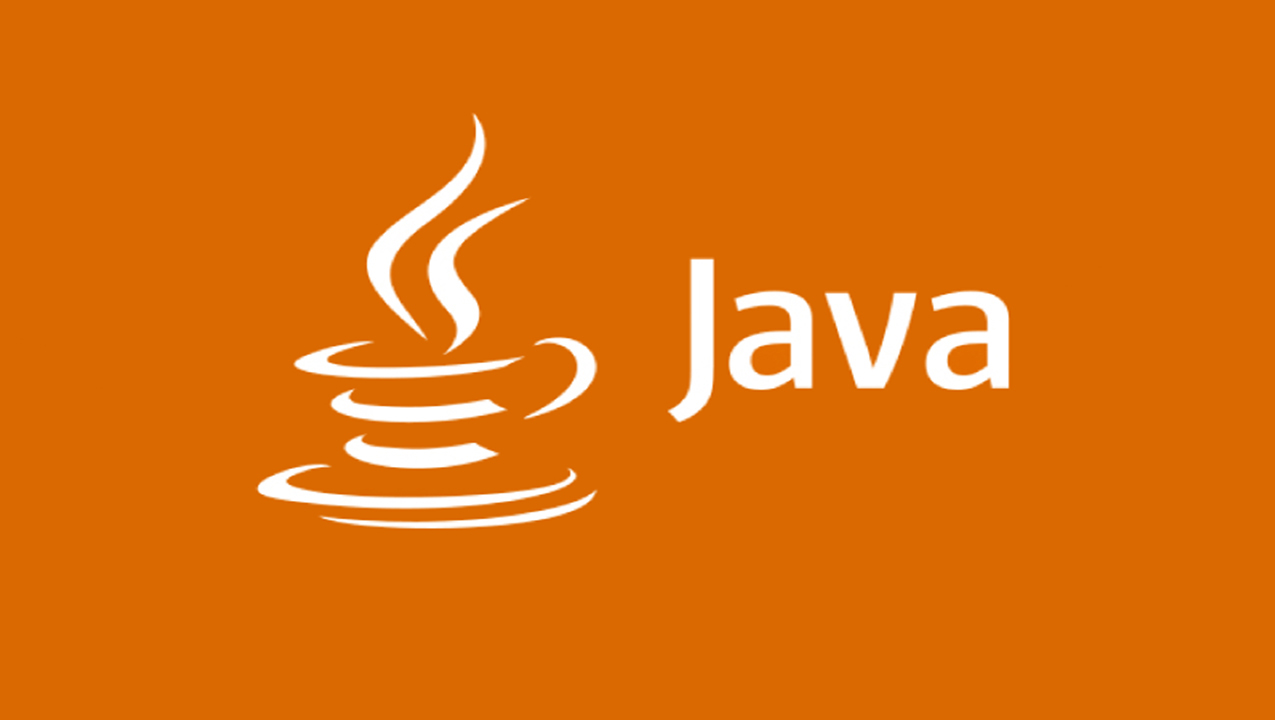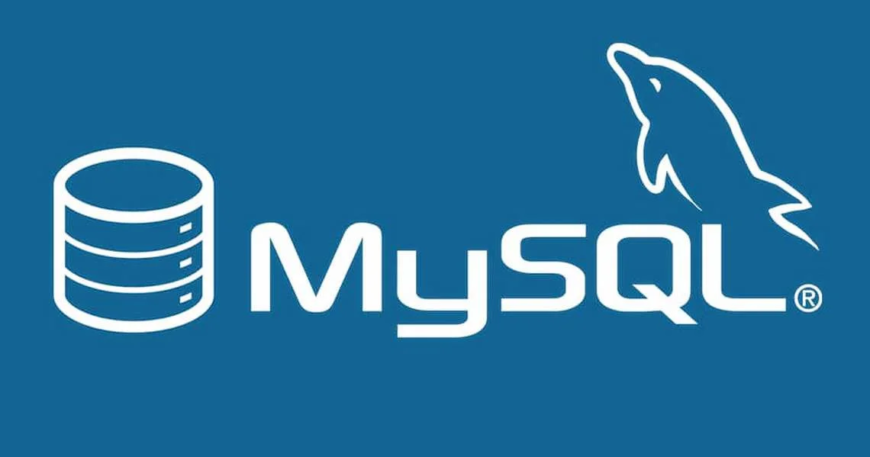基本数据类型和包装类型
基本类型
包装类型
位数
字节
默认值
byte
Byte
8
1
0
short
Short
16
2
0
int
Integer
32
4
0
long
Long
64
8
0L
char
Character
16
2
‘u0000’
float
Float
32
4
0f
double
Double
64
8
0d
boolean
Boolean
1
false
注意:float 的精度为 6~7 位,double 的精度为 15~16
区别
特性
基本数据类型
包装类型
类型
直接存储值
存储为对象
默认值
有默认值(如 0、false 等)
null
存储位置
栈内存
堆内存
性能
高效,访问速度快
较低,因为涉及对象的创建和拆箱
是否为对象
否
是
支持的功能
无
提供多种实用方法(如解析、转换等)
是否为可变对象
否(不可修改值)
否(包装类型对象不可变)
适用场景
基本数据类型:
用于对性能要求较高的场景,如大规模的数值计算、循环处理等。
更适用于需要较少内存分配的简单数据存储。
包装类型:
用于需要对象的场景,如需要存储在集合类(如 List、Set)中的数据,或者需要与其他类进行交互时。
包装类对象用于 Java 泛型类型,因为泛型不支持基本数据类型。
自动装箱拆箱
对于 Java 基本数据类型,均对应一个包装类
装箱:自动将基本数据类型转换为包装器类型,如 int -> Integer
拆箱:自动将包装器类型转换为基本数据类型,如 Integer -> int
缓存信息
Integer 缓存源码
1 2 3 4 5 6 7 8 9 10 11 12 13 14 15 16 17 18 19 20 21 22 23 24 25 26 27 28 29 30 31 32 33 34 35 36 37 38 39 public static Integer valueOf (int i) { if (i >= IntegerCache.low && i <= IntegerCache.high) return IntegerCache.cache[i + (-IntegerCache.low)]; return new Integer (i); } private static class IntegerCache { static final int low = -128 ; static final int high; static final Integer cache[]; static { int h = 127 ; String integerCacheHighPropValue = sun.misc.VM.getSavedProperty("java.lang.Integer.IntegerCache.high" ); if (integerCacheHighPropValue != null ) { try { int i = parseInt(integerCacheHighPropValue); i = Math.max(i, 127 ); h = Math.min(i, Integer.MAX_VALUE - (-low) -1 ); } catch ( NumberFormatException nfe) { } } high = h; cache = new Integer [(high - low) + 1 ]; int j = low; for (int k = 0 ; k < cache.length; k++) cache[k] = new Integer (j++); assert IntegerCache.high >= 127 ; } private IntegerCache () {} }
优点:对-128 到 127 的 Integer 对象进行缓存,当创建新的 Integer 对象时,如果符合这个范围,并且已有存在的相同值的对象,则返回这个对象(地址),不需要再创建一个新的 Integer 对象,否则创建新的 Integer 对象。在做 == 运算时,Integer 会自动拆箱为 int 类型,然后再进行比较
1 2 3 4 5 6 7 8 9 10 11 12 13 14 15 16 17 18 19 20 21 public class Demo2 { public static void main (String[] args) { Integer a=123 ; Integer b=123 ; System.out.println(a==b); a=128 ; b=128 ; System.out.println(a==b); int c=128 ; int d=128 ; System.out.println(c==d); Integer e = new Integer (12 ); Integer f = new Integer (12 ); System.out.println(e==f); Integer g=12 ; System.out.println(e==g); } }
Integer g = 12 会发生装箱,等价于 Integer g = Integer.valueOf(12),因此,g 直接使用的常量池中的对象,而 Integer e = new Integer(40) 会直接创建新的对象。所有整型包装类对象之间值的比较,全部使用 equals 方法比较
Long 缓存源码
1 2 3 4 5 6 7 8 9 10 11 12 13 14 15 16 17 18 public static Long valueOf (long l) { final int offset = 128 ; if (l >= -128 && l <= 127 ) { return LongCache.cache[(int )l + offset]; } return new Long (l); } private static class LongCache { private LongCache () {} static final Long cache[] = new Long [-(-128 ) + 127 + 1 ]; static { for (int i = 0 ; i < cache.length; i++) cache[i] = new Long (i - 128 ); } }
Short 缓存源码
1 2 3 4 5 6 7 8 9 10 11 12 13 14 15 16 17 18 19 public static Short valueOf (short s) { final int offset = 128 ; int sAsInt = s; if (sAsInt >= -128 && sAsInt <= 127 ) { return ShortCache.cache[sAsInt + offset]; } return new Short (s); } private static class ShortCache { private ShortCache () {} static final Short cache[] = new Short [-(-128 ) + 127 + 1 ]; static { for (int i = 0 ; i < cache.length; i++) cache[i] = new Short ((short )(i - 128 )); } }
Character 缓存源码
1 2 3 4 5 6 7 8 9 10 11 12 13 14 15 16 17 public static Character valueOf (char c) { if (c <= 127 ) { return CharacterCache.cache[(int )c]; } return new Character (c); } private static class CharacterCache { private CharacterCache () {} static final Character cache[] = new Character [127 + 1 ]; static { for (int i = 0 ; i < cache.length; i++) cache[i] = new Character ((char )i); } }
Byte 缓存源码
1 2 3 4 5 6 7 8 9 10 11 12 13 14 15 public static Byte valueOf (byte b) { final int offset = 128 ; return ByteCache.cache[(int )b + offset]; } private static class ByteCache { private ByteCache () {} static final Byte cache[] = new Byte [-(-128 ) + 127 + 1 ]; static { for (int i = 0 ; i < cache.length; i++) cache[i] = new Byte ((byte )(i - 128 )); } }
Boolean 缓存源码
1 2 3 public static Boolean valueOf (boolean b) { return (b ? TRUE : FALSE); }
总结
Integer 和 Long、Short 会缓存-128~127 的数据
Character 会缓存 0~127 的数据
Byte 会缓存-128~127 的数据
注意:两种浮点数类型的包装类 Float,Double 并没有实现常量池技术。
其他
Integer 和 Double 类型比较
Integer、Double 不能直接进行比较,这包括:
不能用 == 进行直接比较,因为它们是不同的数据类型
不能转为字符串进行比较,因为转为字符串后,浮点数带小数点,整数值不带,这样它们永远都不相等
不能使用 compareTo 方法进行比较,虽然它们都有 compareTo 方法,但该方法只能对相同类型进行比较
1 2 3 Integer i = 100 ;Double d = 100.00 ;System.out.println(i.doubleValue() == d.doubleValue());
逃逸分析
逃逸分析的基本行为就是分析对象的动态作用域:当一个对象在方法中被定义后,它可能被外部方法所引用
方法逃逸:在一个方法体内,定义一个局部变量,而它可能被外部方法引用。例如:作为调用参数传递到其他方法中
线程逃逸:这个对象有可能被外部线程访问到。例如:赋值给类变量或可以在其他线程中访问的实例变量
为什么说是几乎所有对象实例都存在于堆中呢?
这是因为 HotSpot 虚拟机引入了 JIT 优化之后,会对对象进行逃逸分析,如果发现某一个对象并没有逃逸到方法外部,那么就可能通过标量替换来实现栈上分配,而避免堆上分配内存
注意:基本数据类型存放在栈中是一个常见的误区!基本数据类型的存储位置取决于它们的作用域和声明方式。如果它们是局部变量,那么它们会存放在栈中;如果它们是成员变量,那么它们会存放在堆/方法区/元空间中。
1 2 3 4 5 6 7 8 9 10 11 12 13 public class Test { int a = 10 ; static int b = 20 ; public void method () { int c = 30 ; static int d = 40 ; } }

